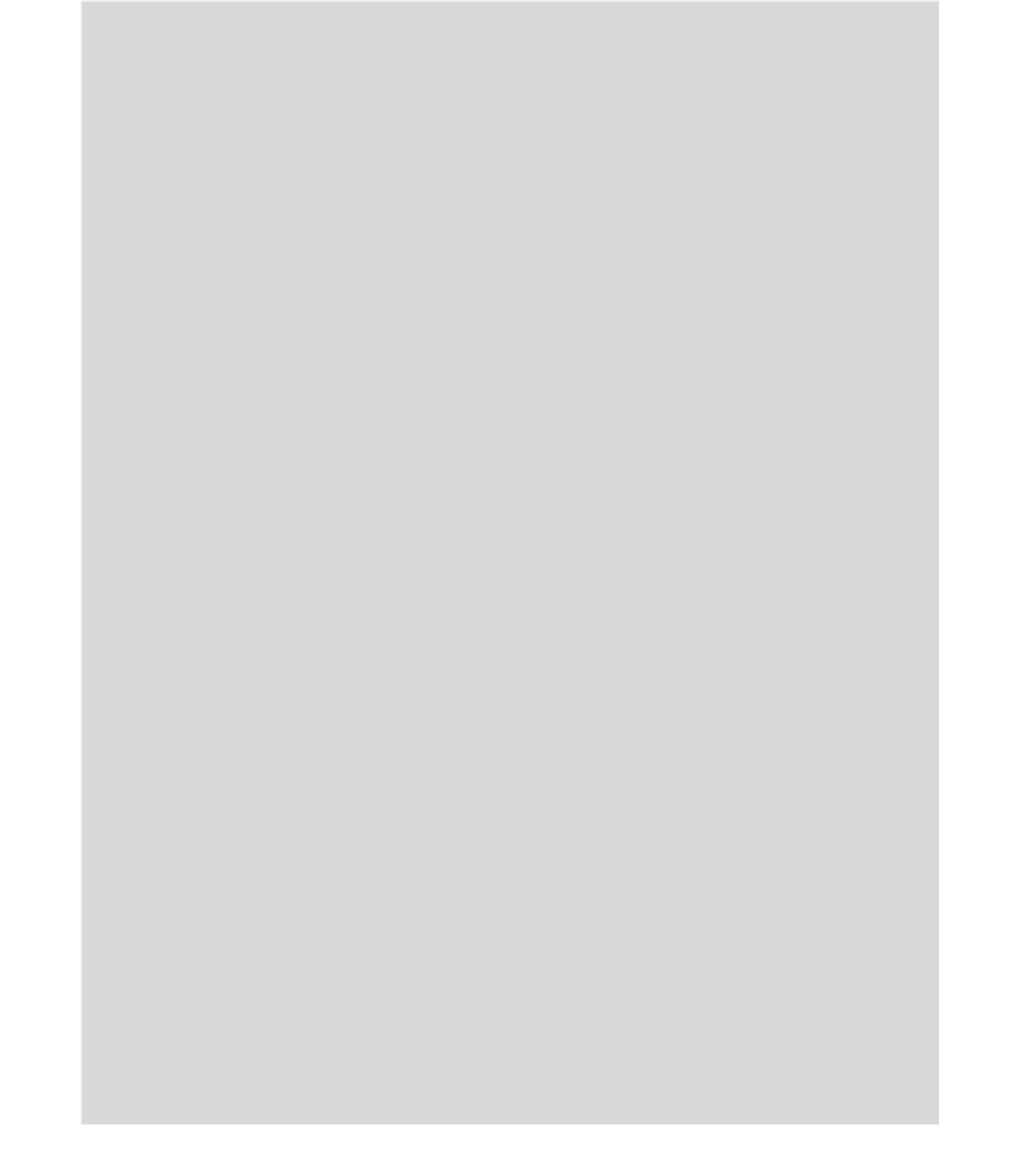Biomedical Engineering Reference
In-Depth Information
only variable (a)
q
3
. (g) Using
SIMULINK, simulate the system from the original set of differential equations and graph
q
1
; (b)
q
2
; (c)
q
3
. For
t
>
0, solve the system for (d)
q
1
; (e)
q
2
; (f)
q
1
,
q
3
.
84.
Consider the unilateral three-compartment model shown in Figure 7.22 with nonzero parameters
and inputs
q
2
, and
Assume that the initial
conditions are zero. Write a single differential equation involving the input and only variable
(a)
K
12
¼
0
:
3,
K
10
¼
0
:
1,
K
23
¼
0
:
4,
K
31
¼
0
:
6, and
f
1
ð
t
Þ¼
3dð
t
Þ:
q
3
. (g) Using SIMULINK,
simulate the system from the original set of differential equations and graph
q
1
;(b)
q
2
;(c)
q
3
.For
t
>
0, solve the system for (d)
q
1
;(e)
q
2
;(f)
q
3
.
85.
Consider the unilateral three-compartment model shown in Figure 7.22 with nonzero parameters
and inputs
q
1
,
q
2
,and
Assume that the initial
conditions are zero. Write a single differential equation involving the input and only variable
(a)
K
12
¼
0
:
3,
K
20
¼
0
:
1,
K
23
¼
0
:
2,
K
31
¼
0
:
4, and
f
2
ð
t
Þ¼
4dð
t
Þ:
q
3
. (g) Using SIMULINK,
simulate the system from the original set of differential equations and graph
q
1
;(b)
q
2
;(c)
q
3
.For
t
>
0, solve the system for (d)
q
1
;(e)
q
2
;(f)
q
3
.
86.
Consider the unilateral three-compartment model shown in Figure 7.22 with nonzero parameters
and inputs
q
1
,
q
2
,and
Assume that the initial
conditions are zero. Write a single differential equation involving the input and only variable
(a)
K
12
¼
0
:
4,
K
10
¼
0
:
2,
K
23
¼
0
:
5,
K
31
¼
1
:
0, and
f
3
ð
t
Þ¼
8
u
ð
t
Þ:
q
3
. (g) Using SIMULINK,
simulate the system from the original set of differential equations and graph
q
1
;(b)
q
2
;(c)
q
3
.For
t
>
0, solve the system for (d)
q
1
;(e)
q
2
;(f)
q
3
.
87.
Consider the unilateral three-compartment model shown in Figure 7.22 with nonzero parameters
and inputs
q
1
,
q
2
,and
Assume that the initial
conditions are zero. Write a single differential equation involving the input and only variable
(a)
K
12
¼
0
:
6,
K
30
¼
0
:
2,
K
23
¼
0
:
8,
K
31
¼
0
:
3, and
f
1
ð
t
Þ¼
4
u
ð
t
Þ:
q
3
. (g) Using SIMULINK,
simulate the system from the original set of differential equations and graph
q
1
;(b)
q
2
;(c)
q
3
.For
t
>
0, solve the system for (d)
q
1
;(e)
q
2
;(f)
q
3
.
88.
Consider the mammillary three-compartment model shown in Figure 7.21 with nonzero
parameters and inputs
q
1
,
q
2
,and
Assume that
the initial conditions are zero. Write a single differential equation involving the input and only
variable (a)
K
12
¼
0
:
3,
K
10
¼
0
:
5,
K
21
¼
0
:
2,
K
23
¼
0
:
4, and
f
2
ð
t
Þ¼
5dð
t
Þ:
q
3
. (g) Using SIMULINK,
simulate the system from the original set of differential equations and graph
q
1
;(b)
q
2
;(c)
q
3
.For
t
>
0, solve the system for (d)
q
1
;(e)
q
2
;(f)
q
3
.
89.
Consider the mammillary three-compartment model shown in Figure 7.21 with nonzero
parameters and inputs
q
1
,
q
2
,and
Assume that
the initial conditions are zero. Write a single differential equation involving the input and
only variable (a)
K
30
¼
0
:
5,
K
21
¼
0
:
7,
K
23
¼
0
:
8,
K
32
¼
0
:
2, and
f
3
ð
t
Þ¼
5dð
t
Þ:
q
3
. (g) Using
SIMULINK, simulate the system from the original set of differential equations and graph
q
1
; (b)
q
2
; (c)
q
3
. For
t
>
0, solve the system for (d)
q
1
; (e)
q
2
; (f)
q
1
,
q
3
.
90.
Consider the mammillary three-compartment model shown in Figure 7.21 with nonzero
parameters and inputs
q
2
, and
). Assume that
the initial conditions are zero. Write a single differential equation involving the input and
only variable (a)
K
12
¼
0.3,
K
20
¼
0.2,
K
23
¼
0.4,
K
32
¼
0.6, and
f
1
(
t
)
¼
2
u
(
t
q
3
. (g) Using
SIMULINK, simulate the system from the original set of differential equations and graph
q
1
; (b)
q
2
; (c)
q
3
. For
t
>
0, solve the system for (d)
q
1
; (e)
q
2
; (f)
q
1
,
q
3
.
91.
Consider the mammillary three-compartment model shown in Figure 7.21 with nonzero
parameters and inputs
q
2
, and
).
Assume that the initial conditions are zero. Write a single differential equation involving the
K
12
¼
0.7,
K
10
¼
0.3,
K
21
¼
0.4,
K
32
¼
0.6, and
f
3
(
)
¼
3d(
)
þ
5
(
t
t
u
t


